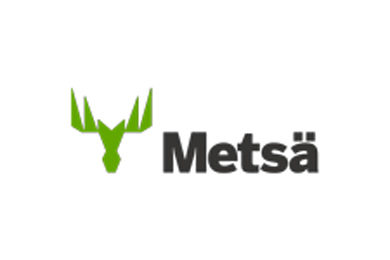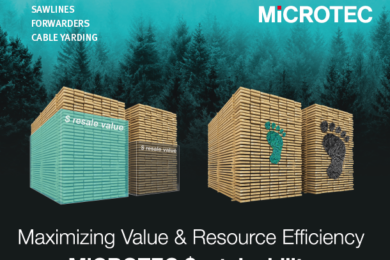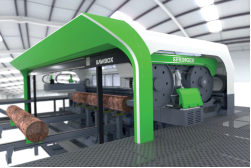Finsilva plc, one of Finland’s largest forest owners, will adopt the Metsä Group Plus forest management model for measures carried out in its forests. The Metsä Group Plus model calls for more retention trees, burned wood, high biodiversity stumps and protective thickets in the forest and wider buffer zones along waterways than conventional models.
“Finsilva aims to continuously develop forestry in a more sustainable and profitable direction. The development of technology and planning systems allows even more precise and detailed nurturing and promotion of nature values, along with profitability. The new Metsä Group Plus management model, which safeguards the biodiversity and vitality of our forests, follows this principle excellently, which is why we will adopt it in all our new operations as of 30.6.2023,” says Juha Hakkarainen, Finsilva’s CEO.
Finsilva’s 130,000 hectares of forests are doubly certified, and the Metsä Group Plus management measures will be carried out in addition to those required by the certificates.
In practice, the Metsä Group Plus model implements the principles of regenerative forestry, to which Metsä Group is committed. The goal of regenerative forestry is to measurably improve forest biodiversity and vitality from the current state.
“Metsä Group’s parent company, Metsä Cooperative, has more than 90,000 forest owners. It is in our joint interest to take care of Finnish forests in a changing climate. The Metsä Group Plus model, combined with the diversification of tree species in our forests, are key measures in all this. We are very satisfied with Finsilva’s decision,” says Jani Riissanen, SVP, Wood Trade and Forest Services at Metsä Group.
Under the Metsä Group Plus management model, the number of retention trees and high biodiversity stumps left per hectare in the forest during harvesting is higher than that used to date and that required by forest certification schemes. To accelerate the creation of decaying wood and to secure the living conditions of species that inhabit burned environments, more retention trees will be burned. As concerns valuable habitats and littoral forests, the model represents the highest level of requirements currently in use.
Finsilva’s largest owners, the funds managed by Dasos Capital Oy, have also decided to use the Metsä Group Plus model in its other forests in Finland where it cooperates with Metsä Group. In all, Dasos Capital owns approximately 180,000 hectares of forest in Finland.
“The Metsä Group Plus management model has been very well received among forest owners. We recommend its use extensively to our forest owner-members,” says Riissanen.
Read more:
Principles of regenerative forestry
To read other Metsä related posts click here.







